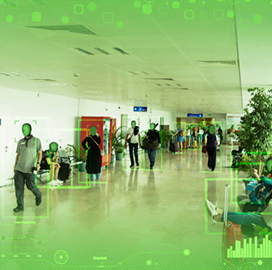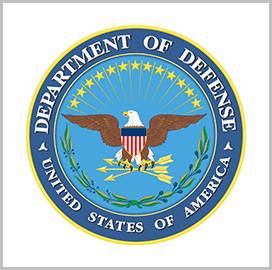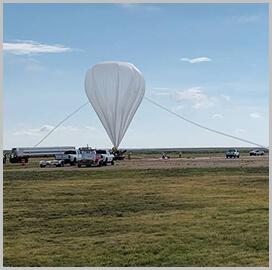
Biometric system test
DHS Sees Improvement in Group Processing for Facial Recognition
Research from the Department of Homeland Security‘s Science and Technology Directorate revealed that some facial recognition systems met performance thresholds for all demographic groups while others had varying results.
According to the directorate’s 2022 biometric tech rally research, identity systems that handle groups of people have been improving. Still, some systems are having difficulties in identifying people with varying skin tones.
Testers examined a combination of 40 systems against 575 volunteers over 11 days to determine the systems’ effectiveness, efficiency, privacy, user satisfaction and equitability.
The test simulated an airport where groups of people would be identified at once, Nextgov reported.
During the testing period, groups of two and four people walked through a lane to be identified while others used bypass lanes. The setup was designed to see if systems can take a good photo of passengers without accidentally capturing bystanders and other individuals who are not part of the process.
Arun Vemury, the director of S&T’s Biometric and Identity Technology Center, said that 37 of the 40 systems captured less than 1 percent of individuals not in the opt-in space. Vemury, who spoke at the Potomac Officers Club’s Border Protection: Innovations and Technologies Forum in 2017, also stated that some technologies did not meet the 95 percent accuracy threshold for specific use cases.
One issue that testers found involved the systems’ ability to take clear photos of people with varying skin tones. Yevgeniy Sirotin, the principal investigator for the test, said the errors were caused by the cameras rather than the recognition algorithms.
Some systems struggled to get the right photo exposure for people with darker skin and extremely light skin tones. Overall, Sirotin said nine systems met the 95 percent mark for all skin tones while 26 systems hit the benchmark for medium skin tones.

Category: Speaker News




